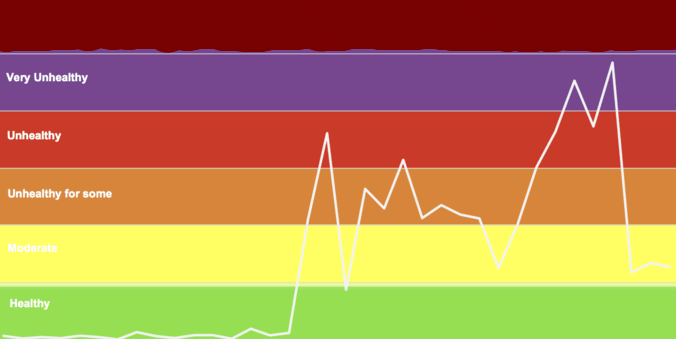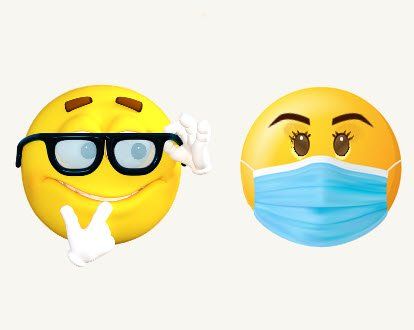


Air quality affects everyone differently, so it’s important to know how specific airborne pollutants and contaminants in your home can affect you. There’s been a lot of research into how indoor air quality impacts overall health, and the results often indicate that some people are more sensitive to these pollutants than others.
So how do you know if you have bad air quality in your house?
Here are common clues that the air quality inside your home is impacting you or your family:
Allergies are getting more serious
It might be enticing to link a previous allergy episode to a change in weather patterns. However, it could also be a reaction to the pollutants in your indoor environment. Allergies can be triggered by an array of materials. Common allergens like dust, pollen, and mold can be much more concentrated in an enclosed setting than they are in outdoor spaces.
Possible symptoms of an allergic reaction to indoor pollutants include congestion, bloody noses, headaches, watery eyes, sneezing, and coughing.
Everyone in your house seems sick
As anyone with kids know, it’s not unusual for a family to share illnesses. On the other hand, it is unusual when everyone is sick, and no one seems to be getting better. Or perhaps the people in your family who spend more time at home are the ones who are getting sicker, while the folks spending more time outdoors aren’t as impacted.
Respiratory problems, lethargy, scratchy throats, and congestion are typical signs of poor air quality which can be confused for other diseases. If you tend to feel better once you’ve been outdoors for a long period, it’s an indication you need to test the air quality.
Indoor humidity levels are high
Did you know that moisture level in the air can have the biggest effect on the condition of your comfort, your health, and your home’s air quality? When the humidity levels are bad, the air quality will suffer. Humidity levels over 50% could be a sign your family is being impacted by poor indoor air quality.
---
No one wants to take chances with the health and safety of their family. Knowing the symptoms and having your residential air quality periodically tested can help make sure the air you breathe at home is safe for everyone.
Here are some practical ways to
reduce your indoor air pollution and improve your indoor air quality.
In April, the CDC's NIOSH division recognized ASTM F3502, the the first and only national standard for barrier face coverings. Learn about the filtration and breathability requirements for reusable F3502 masks.






© 2021 Puraka Clean Air Technologies, LLC.